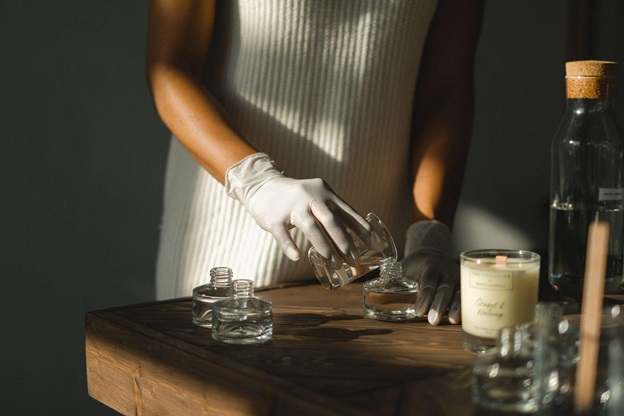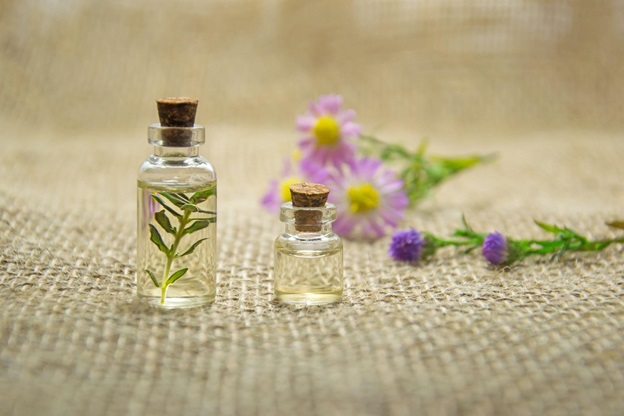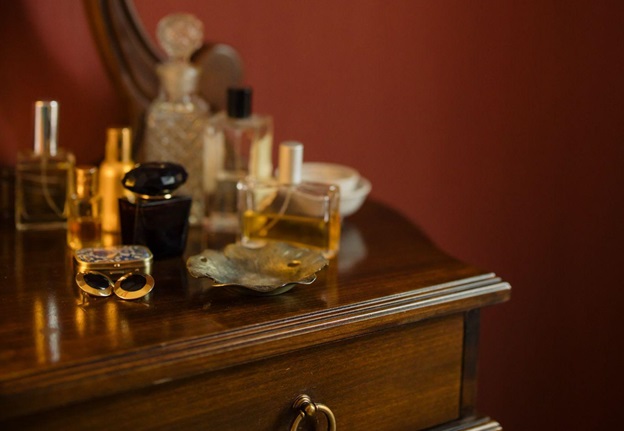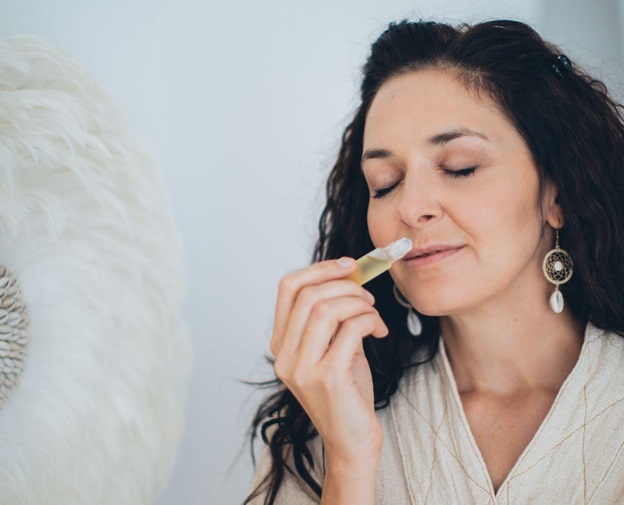The Perfume History
The art of making perfumes started back in the centuries of ancient Romans, Arabs, Persians, Indians, and Orientals. It was the Tapputi, from Mesopotamia, who were known to be first recorded as the perfume makers back in 1200 BC.
A chemist developed the first nascent methods for extracting perfumes. She documented the techniques on cuneiform tablets. India is also known for making perfumes.
Ancient Ayurvedic is an ancient medical system that mastered the distillation process of perfume, also known as ‘ittar’. However, Cyprus was dated as the oldest perfumery.
It’s where archeologists conducted an excavation finding a massive perfume factory as big as 4,000 square meters. The factory existed four millennia ago or during the bronze age.
During the 6th Century, the Islamic countries started contributing to the modern perfume-making process. Given that they are traders, they have access to global ingredients needed for making perfumes.
We should be thanking the Arabs and Persians for initiating scents like amber, jasmine, musk, roses, and woody scents. They also initiated scents like citrus fruits, herbs, and spices.
During the 14th Century, the concept of perfumes came to Europe, courtesy of Arabic traders. The Hungarians first used scented oils in an alcohol solution. They initiated the first modern perfume-making process.
During the 18th Century, France took over when Louis XV reigned. Until now, they have been considered the worldwide hub of perfume. Soon after, fragrance bottles wholesale was born.

How To Make Perfumes
Perfumes are made when oils are extracted from natural substances. There are different substances like fruits or flowers. They go through processes like steam distillation, solvent extraction, maceration, and expression.
After the oil is collected, it will be blended according to a special formula developed by a perfumery or company. Once the scent is ready, it will be mixed with alcohol and water in proportion.
Perfumes are not far from wines. It will be more expensive if left to age for months or years after the final blending.

Notes In A Perfume
To make a perfume, you carefully create a blend of essential scented oils. Then, mix them with solvents like alcohol or water. Then, place them in a very nice appropriate bottle and a perfume box.
There is a life cycle of fragrance. Perfumes have different notes of scents. Think of it as a pyramid of notes, starting from the top to the heart, then settling with the base.
When you spray perfume on your wrist, you initially smell the ‘top note’. It’s lighter that it spreads through the air. It only lasts for 15 to 120 minutes depending on the concentration of the fragrance.
Typically, top notes include citrus and fruity scents. They also have light floral scents like lavender.
The effect of the top note clears off. Then, you will smell the heart of the perfume. It’s the main essence of the perfume emanating around 30 minutes and lasting about 4 hours.
Usually, heart notes smell like heavy florals. They give the most distinctive smell when associated with your skin like the wrist, elbows, and neck.
It’s an ultimate advantage in making perfumes because of the presence of can filling and sealing machines. They make things easier and faster.

Perfume’s Base Note
If you have sprayed perfume at night, there’s a lingering smell left behind when you wake up in the morning. This is what you call the ‘base note’. It comes out and lasts for 12 hours once the heart notes faded.
Base notes have heavy smells. Are you familiar with musk, herbs, woody scents, vanilla, and vetiver? They are examples of base notes.

Different Perfume Categories
There are four main categories of perfumes. We have floral, fresh, oriental, and woody. Learn more about the four below.
Floral encompasses one or more flowers. It’s the most common among the perfume categories. It’s also known as the classic type of perfume.
Usually, flowers like roses, lilies, jasmines, violets, marigolds, and lotus are used for perfume-making. Also, the most award-winning perfume has at least a floral note. It’s just the most romantic perfume to spray on!
Floral is the second category which includes a gamut of fruits. They include citrus or green fragrances. Lemons, oranges, grapefruits, peaches, and berries are some of the fruits with vibrant scents used for perfume-making.
Green fragrances mean scents from leaves, moss, or herbs. They give off energizing, surprising, and unisex smells. Yes, there are those who like this kind of smell.
Oriental includes incense-inspired scents like amber, sandalwood, patchouli, and vetiver. These are a few of the oriental ingredients that lend such a scent. Usually, they are sourced from the east and you can wear them to have a formal and exotic aura.
Lastly, woody notes are the heaviest and strongest category of perfumes. They are used to make a bold, sexy scent which is best used in the evening. These expensive scents include oaks, woods, musk, tobacco, and leather.

Conclusion
The perfume industry is very interesting. It revolves around mixing scents and essential oils. One has to learn the three notes of scents and the four main categories of perfumes.
They are easy to learn but take time to study. The industry is still growing, which is a very good opportunity for businessmen to try.
Perfume businesses don’t only stop at mixing the perfect scents but also place them in the right packaging that can be found in suppliers like soda glass bottles wholesale.
Concluding all of this, it’s safe to say that the perfume industry is flourishing. Not only is this a lucrative industry, but this is also one of the best ways to create a thriving business. Just make sure you know how to do it correctly always.
